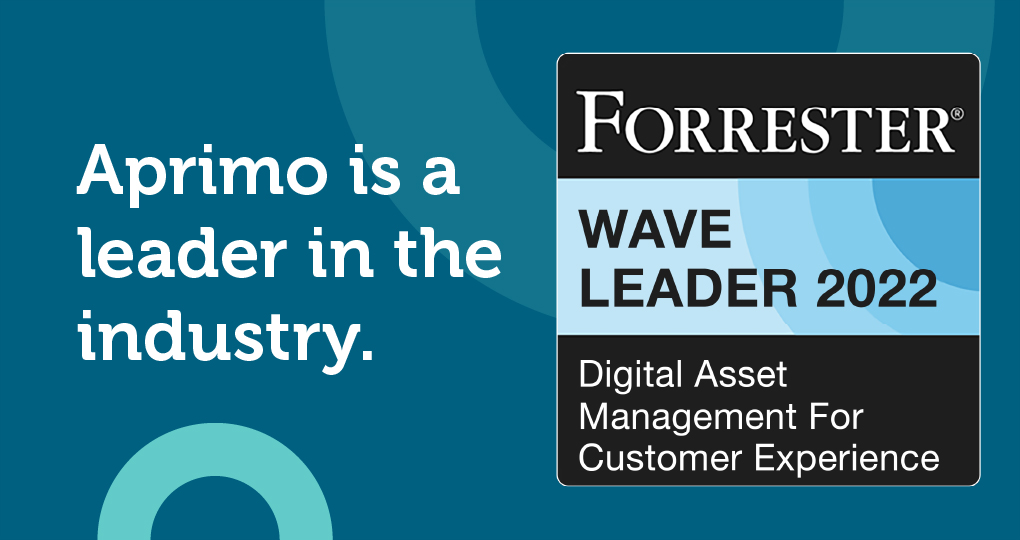Choosing the Right Digital Asset Management System for Your Needs


With so many digital asset management (DAM) solutions available in the market, choosing the one that perfectly aligns with a business’s needs can be an intimidating task. Taking the time to make an informed decision will have a huge impact on an organization’s content management capabilities.
Read on to learn the key considerations when choosing a digital asset management system that will bring enhanced content organization, improved accessibility, and efficient distribution and utilization of digital assets.
Understanding Your Needs
Start by understanding an organization’s one-of-a-kind needs. A single size doesn’t fit all when it comes to DAM, so a tailored approach is vital:
-
Start by conducting a thorough assessment of the organization’s requirements. Think of the scale of content operations, growth projections, and the industry. For instance, a marketing agency that handles a diverse clientele with varying content requirements will have different needs than an in-house creative team focused on a single brand.
-
Different businesses deal with a range of digital assets, from images and videos to documents and graphics. Identifying the most common types of assets used is essential. A fashion retailer will primarily deal with high-quality images, while a video production company may prioritize video asset management.
-
Consider the size of the team(s) and the nature of collaboration within the organization. A small team might choose a digital asset management system that emphasizes ease of use and simplicity, while larger teams may need more robust collaboration features. Imagine a multinational corporation with dispersed teams—it might prioritize a DAM with real-time collaboration tools that transcend geographical boundaries.


Key Features to Look For
Organizations need to hone in on the key features of DAM solutions that provide the building blocks for top-notch content management. A solid platform will offer the following:
-
Metadata management
-
Search and retrieval
-
Version control
-
User permissions
-
Access control
-
Collaboration tools
-
File format support
-
Workflow automation
-
Asset analytics
The key features mentioned above address many pain points that organizations face when relying on digital assets:
-
Add comprehensive metadata to each asset to make it easily discoverable. Tagging images with metadata like keywords, descriptions, and dates can significantly streamline the search process.
-
Version control capabilities like tracking changes, revisions, and edits to assets over time are especially valuable when multiple team members collaborate on content.
-
Customizable access levels enable organizations to restrict who can view, edit, or download specific assets.
-
Integration with creative software, project management tools, or analytics platforms simplifies workflows and enhances productivity. A DAM system that connects with design software allows for direct asset uploads and edits, saving time and reducing errors.
Cloud vs. On-Premises DAM
When choosing a DAM solution, options will likely fall into one of two categories: cloud-based and on-premises platforms. Cloud-based DAM solutions offer distinct advantages, including scalability and accessibility. These systems provide an excellent fit for businesses with evolving asset storage and varying user requirements and companies with dispersed teams or a remote workforce, like marketing and advertising, e-commerce, and media and entertainment organizations. Cloud-based DAM often entails lower upfront costs because it doesn’t need extensive on-site infrastructure or ongoing maintenance.
On-premises DAM systems offer enhanced control over data security and compliance, making them a preferred choice for industries with strict regulatory demands, like healthcare and finance. The ability to customize the system extensively can be a significant benefit for organizations with unique requirements or complex workflows. However, on-premises solutions may pose limitations in terms of accessibility and scalability.
Ultimately, the decision between cloud and on-premises DAM depends on an organization’s specific needs and industry requirements. Some organizations may thrive in the flexibility of the cloud, while others may prioritize the control offered by on-premises systems.


Vendor Selection
Start the vendor selection process by looking into the reputation and track record of potential vendors. Seek out case studies, testimonials, and reviews to gauge the experiences that similar organizations have had with the vendor to get an idea of their reliability and suitability. Check that the vendor offers comprehensive customer support and training options to help teams effectively utilize the DAM platform.
Compatibility with the existing software ecosystem is another critical consideration. The DAM system should seamlessly integrate with a business’s current tools, including creative software, project management platforms, or content distribution channels.
Implementation and Training
A well-planned implementation process is the foundation for successfully integrating a DAM system. It’s not only about installing the software but also aligning it with the wants and needs of an organization’s users. Define clear objectives for the DAM system. Determine what problems it will help solve and what improvements teams expect to see.
Once the DAM system is in place, comprehensive training and onboarding for an organization’s team guarantee that everyone understands how to use the system efficiently. The right vendor will provide training sessions, resources, and ongoing support to help users quickly become comfortable with this new tool.
Change management is another crucial part of implementation. Encourage teams to embrace the new DAM system by highlighting its benefits, including streamlined workflows, improved collaboration, and faster content access. Implementing best practices, such as regularly updating metadata and version control, also helps maintain an organized and efficient DAM system that continues to meet a business’s needs over time.




